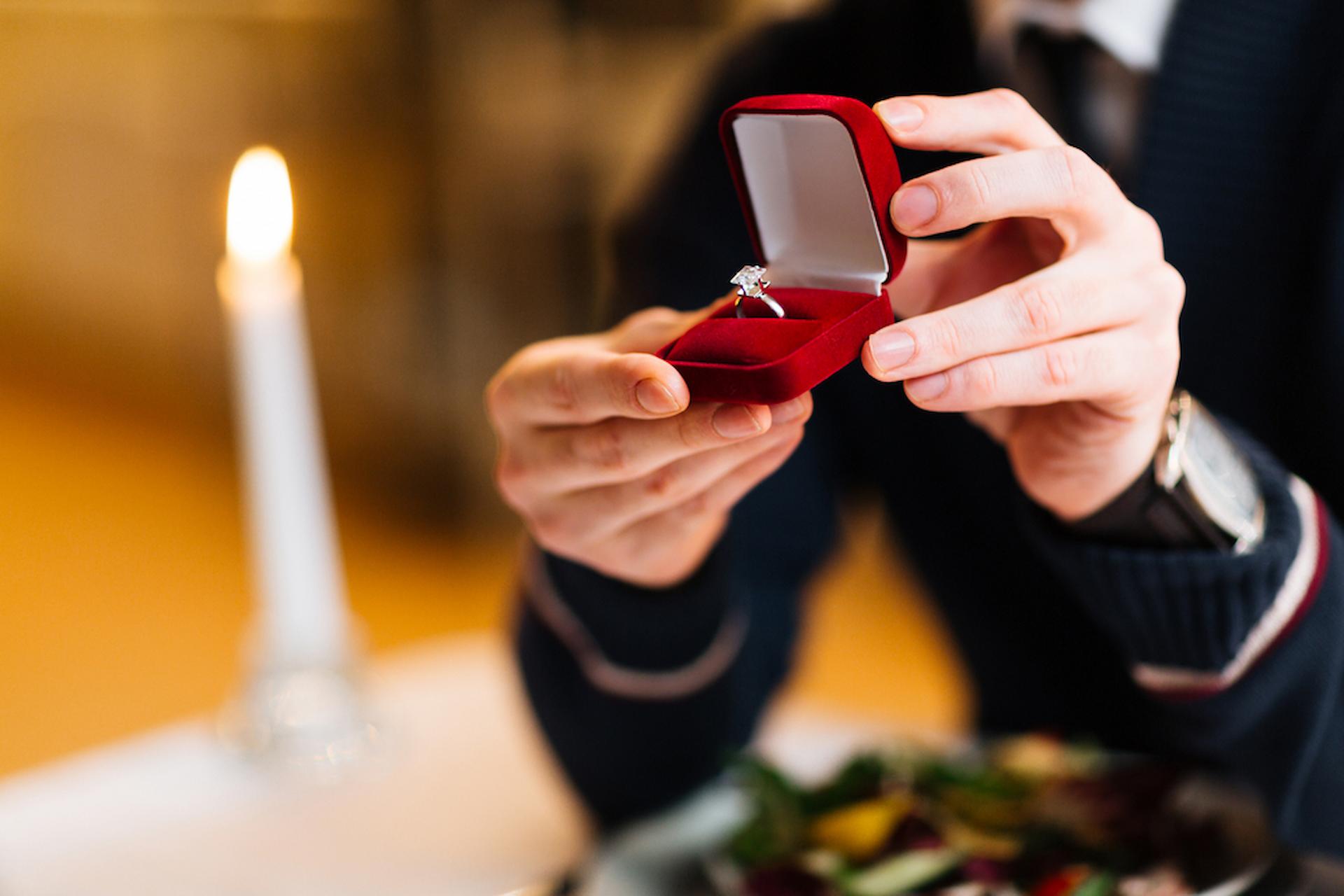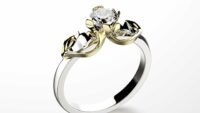
For anyone who’s ever noticed the particular twinkle in a loved one’s eye, the prospect of selecting the perfect symbol of commitment can be both exhilarating and slightly daunting. From the traditional diamond to the more contemporary gemstones, engagement rings have a long history that mirrors the societal shifts and aesthetic trends throughout centuries. But where did this tradition originate and how has it evolved over time? What does a ruby, a sapphire, or an emerald represent? Why gemstone engagement rings are increasingly becoming popular?
In the forthcoming expose, we’ll embark on a fascinating journey exploring the intriguing history of gemstone engagement rings, from their royal beginnings to their rise in popularity today. This piece will delve into the significance of various types of precious gems, detail both the timeless allure and the progressive contemporary appeal, and give you a taste of the wide-ranging options today’s market offers.
The Historical Beginnings
The tradition of engagement rings dates back to Ancient Romans, who believed a ring was a symbol of ownership rather than love. Fast forward to medieval Europe, colored gemstones started to gain popularity among the elites. Sapphires, for instance, were favoured because they symbolized wisdom and virtue.
In the 15th century, the first diamond engagement ring was used in the marriage of Archduke Maximillian of Austria to Mary of Burgundy. This marked the beginning of a new trend among European royalty, with gemstones like emeralds, rubies, and diamonds becoming fashionable additions to betrothal rings.
Significance of Gemstones
Gemstones have specific meanings and qualities. Sapphires are believed to safeguard love and preserve chastity. Emeralds, often associated with Venus, the Roman goddess of love, are thought to symbolize everlasting love and hope.
Rubies represent passion, protection, and prosperity while pearls, though not a typical engagement stone, symbolize purity and virtue. These traditional meanings, coupled with their varied colors and styles, make gemstones an attractive option for couples seeking a ring with a deeper symbolic connection.
Rise of Contemporary Trends
In the 20th century, diamonds became the indisputable king of engagement rings due to a highly successful marketing campaign by De Beers. However, in recent years, gemstone rings have staged a comeback.
High-profile engagements, like that of Prince William to Kate Middleton with Princess Diana’s sapphire ring, have reignited interest in colored gems. Today’s bride prioritizes uniqueness and personal expression, leading to a surge in customized rings that include their birthstone or favorite gem.
Pros and Cons of Gemstone Rings
Every coin has two sides, and gemstone engagement rings are no exception. On the plus side, gemstones come in a rainbow of colors, offering more variety than the traditional diamond. They can also be a more ethical and budget-friendly choice.
However, it’s crucial to know that not all gemstones are suitable for everyday wear. Some, like emeralds or opals, are softer and require more care.
The Future of Engagement Rings
Driven by a push for individuality and sustainability, future trends in engagement rings are poised to gravitate towards unconventional, personalized designs. Colored gemstones, unique cuts, and ethically sourced stones will continue to rise in popularity, while traditional diamonds will hold a firm place within the market.
In Conclusion
As we’ve journeyed through centuries of history, one thing is clearly evident – the evolution of engagement rings mirrors our evolution as a society. From a symbol of possession, to a sign of love, to an expression of individuality, the engagement ring has come a long way.
Whether it’s the historic significance of rubies and emeralds, the traditional allure of diamonds, or the contemporary appeal of sapphires and amethysts, the perfect engagement ring is a deeply personal decision fueled by love and commitment. And in that commitment lies the true beauty of these precious gemstones.




